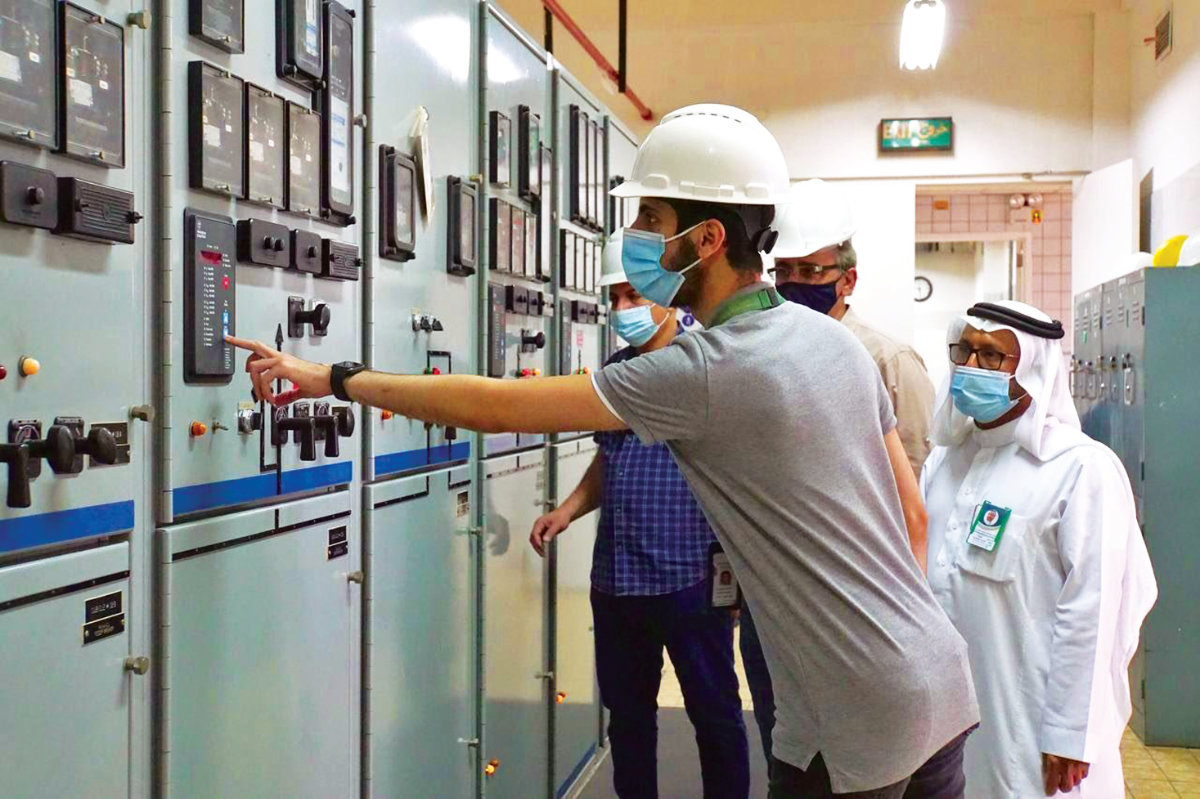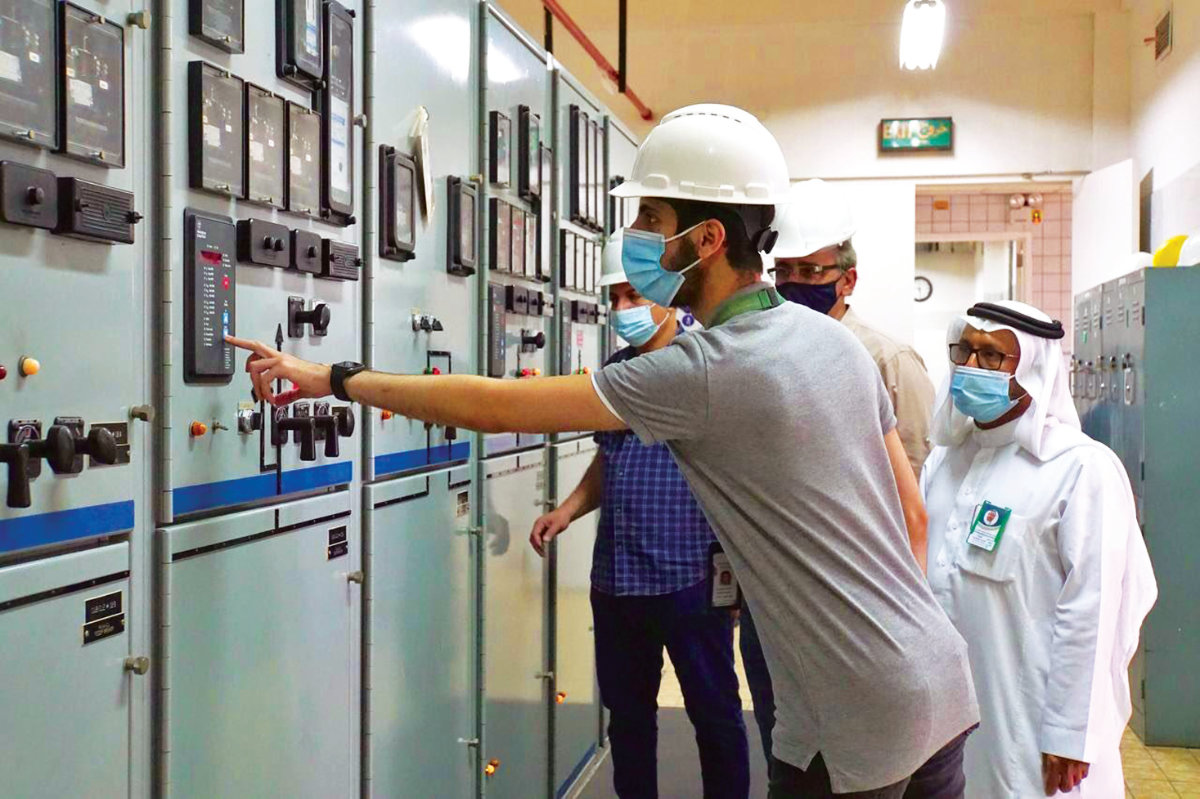RIYADH: The King Abdullah Petroleum Studies and Research Center (KAPSARC) has published a new paper on ways to encourage more Saudi nationals into The labor force.
Unemployment in the Kingdom fell to 12.6 percent in the last quarter or 2020, according to a Saudi General Authority of Statistics (SGAS) report this week.
A survey found that 93 percent of unemployed people said they would accept a private sector position but more than three quarters of unemployed women and more than half of men would only accept private sector work if it involved a commute of an hour or less.
The paper follows the new rules in Saudi Arabia that allow expatriate workers to transfer between employers upon the expiry of a binding work contract without the employer’s consent.
The discussion paper analyzes the progress of the nationalization policy and proposes models to help to increase the attractiveness of the private sector for Saudis.
The labor market will need to absorb an increase in the working age population of around 1.8 percent annually. Female labor force participation in Saudi Arabia has more than doubled and is well on track to meet the Saudi Vision 2030 objective of 30 percent.
While more women are entering the labor force in the Kingdom, the SGAS figures show that the unemployment rate among men was 4 percent in Q4 2020, while for women it was 20.2 percent.
FASTFACT
93%
A survey found that 93 percent of unemployed people said they would accept a private sector position but more than three quarters of unemployed women and more than half of men would only accept private sector work if it involved a commute of an hour or less.
In his KAPSARC paper, Olivier Durand-Lasserve a research fellow in the Energy Systems and Macroeconomics Program, developed two partial equilibrium models of the labor market of Saudi Arabia.
The first model is very simplistic, with private sector firms paying the wage that corresponds to the productivity of the worker. This can lead to unemployment because a part of the population does not want to take a job at this wage level. However, this representation, which is often used by economists, is flawed because it treats unemployment as an individual choice, whereas generally individuals do not choose to be in that situation, the report said.
In the second model, which is more realistic, job candidates are connected with specific vacancies. The challenge here is that it can often be a long and costly process and unemployment candidates may have to wait a long time to receive an offer.
At the same time, private sector firms may consider the process too long and costly, especially if they urgently need to fill a role.
To boost national employment, the study investigated different options to subsidize private sector wages for Saudi nationals. This policy would in effect be an extension of the Employment Subsidy Program (ESP), introduced in 2019, which is a system of in-work cash transfers for nationals employed in the private sector.
The paper explores various ways of financing the subsidies, such as increased levies on expatriate workers. “We also stress that the quotas limit the beneficial effects of labor subsidies on the unemployment of nationals and may render expat levies detrimental. We show that a domestic energy price reform, where parts of the fiscal proceeds are used for labor subsidies, can substantially reduce the unemployment of nationals,” Durand-Lasserve told Arab News.

‘Made in Saudi’ to create 1.3 million mining, industrial jobs for Saudis, minister says‘Your Future is in Tourism’ campaign meant to help create 1 million jobs for Saudis

